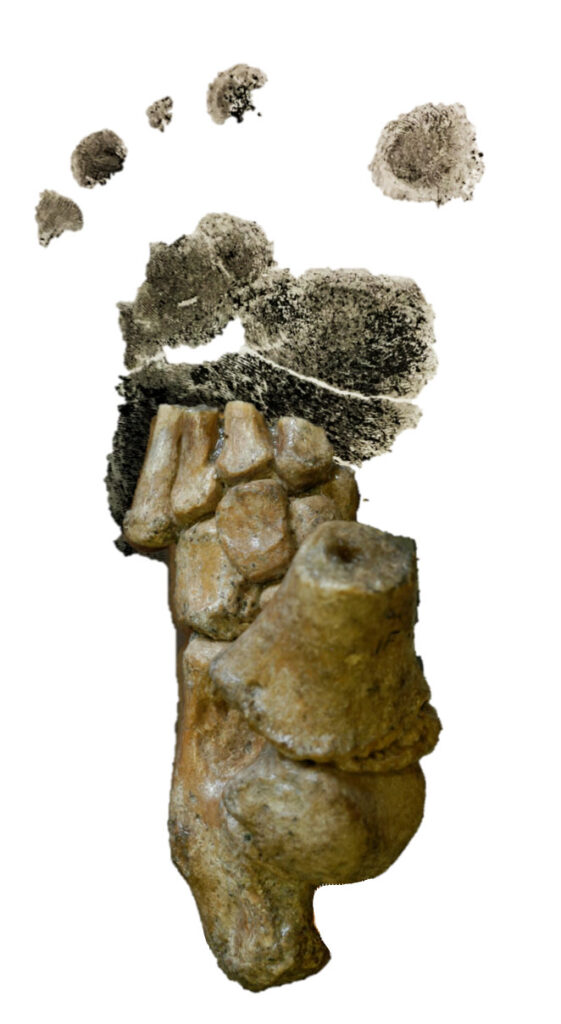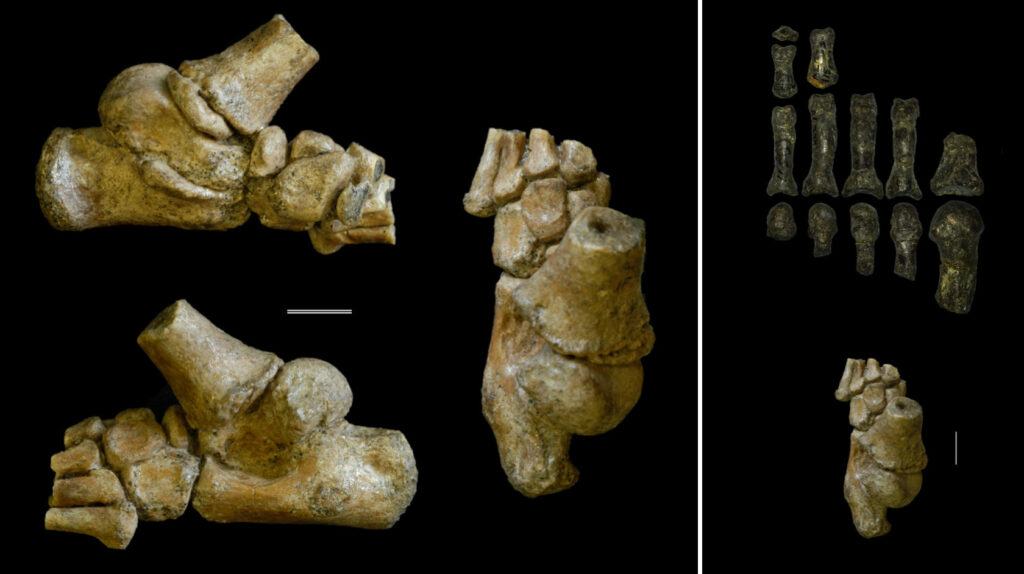Walking on two feet, or bipedalism, is one of the defining characteristics of being human. Our ability to walk upright has shaped our evolution and set us apart from other primates. A recent study published in Science Advances provides fascinating insights into the bipedal locomotion of our ancient human ancestors, particularly focusing on a 3.32-million-year-old fossilized foot of a young Australopithecus afarensis child discovered in Ethiopia.
The lead author of the study, Jeremy DeSilva, an associate professor of anthropology at Dartmouth College, describes this discovery as an unprecedented window into the locomotion of a toddler-aged individual more than 3 million years ago. The foot, roughly the size of a human thumb, is part of a nearly complete skeleton found in the Dikika region of Ethiopia by Zeresenay Alemseged, a professor at the University of Chicago and a prominent figure in paleontology focusing on human origins.

Australopithecus afarensis, the species to which this fossil belongs, is well-known for its famous representative, Lucy. However, the Dikika child predates Lucy by over 200,000 years, offering a unique glimpse into the developmental stage and locomotor abilities of these ancient hominins.
DeSilva emphasizes that bipedalism is a crucial aspect of human evolution but also points out the importance of understanding how these early ancestors balanced bipedal walking with other behaviors, such as tree-climbing. The study delves into the anatomical details of the foot, particularly focusing on the base of the big toe, which provides clues about the child’s locomotor adaptations.

The researchers suggest that while the Dikika child was already capable of walking on two legs at 2½ years old, aspects of her foot structure indicate a continued reliance on tree-climbing, likely for safety and foraging purposes. This dual adaptation—walking on the ground and climbing in trees—was likely a survival strategy in the ancient African landscape where predators posed significant threats.
Alemseged highlights the importance of these findings in understanding the dietary and ecological adaptations of Australopithecus afarensis. The study aligns with previous research on other skeletal elements, such as the shoulder blade, further painting a picture of how these early hominins lived and moved in their environment.
The ability to reconstruct the locomotor behavior of ancient hominins not only sheds light on their daily lives but also contributes to our understanding of human evolution. Bipedalism was a crucial step in our evolutionary journey, leading to advancements in tool use, social interactions, and eventually, the development of complex civilizations.
Source: Dartmouth College
